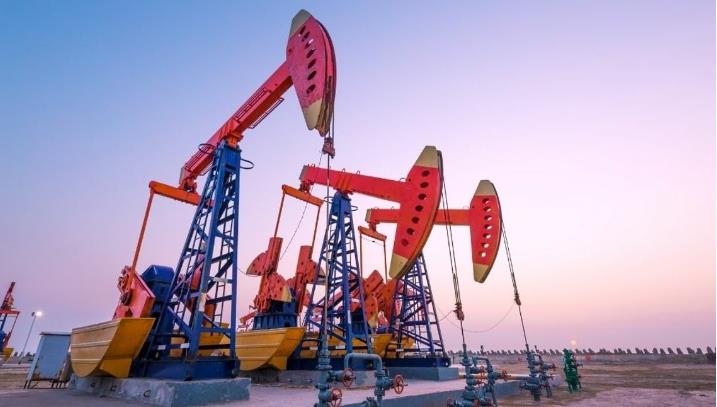The oil and gas industry has always been a cornerstone of the global economy, fueling innovation to meet the challenges of energy demands, operational efficiency, and environmental stewardship. Drilling, a critical process in hydrocarbon extraction, has seen significant technological advancements in recent years. These innovations are transforming traditional practices, improving safety, reducing costs, and minimizing environmental impact. Below are some groundbreaking technologies transforming the future of oil and gas drilling.

1. Automation and Robotics in Drilling
Automation and robotics have revolutionized drilling operations by increasing precision and reducing human intervention. Automated drilling rigs, equipped with sensors and data analytics systems, can operate continuously, significantly enhancing efficiency. Robotics further improves safety by handling hazardous tasks, such as pipe handling and equipment inspection, in environments unsuitable for human workers.
2. Top Drive Systems
Top drive systems are a significant innovation in rotary drilling. They replace the traditional rotary table and kelly drive systems, allowing for smoother and more efficient drilling operations. Top drives enhance safety by providing better control of the drill string and reducing the chances of equipment failure.

3. Managed Pressure Drilling (MPD)
MPD drilling technology is pivotal in addressing drilling challenges in complex reservoirs. By precisely controlling the pressure in the wellbore, MPD prevents blowouts, reduces drilling fluid losses, and enhances wellbore stability. This technology is especially useful in high-pressure, high-temperature (HPHT) drilling environments.
4. Real-Time Data Analytics
Real-time data collection and analytics play a crucial role in modern drilling operations. Advanced sensors and IoT devices monitor parameters such as pressure, temperature, and drill string dynamics. These data points are analyzed using machine learning algorithms to optimize drilling performance, predict equipment failures, and ensure operational safety.
5. Horizontal and Extended Reach Drilling
Horizontal and extended reach drilling techniques have unlocked reserves in challenging locations, such as offshore fields and unconventional shale formations. These methods allow access to hydrocarbons that were previously uneconomical to extract, maximizing reservoir recovery and minimizing the environmental footprint.
6. Eco-Friendly Drilling Fluids
Traditional drilling fluids can harm the environment, particularly in sensitive ecosystems. Innovative drilling fluids, such as biodegradable and water-based muds, are now being developed to minimize ecological impact. These fluids also improve drilling efficiency by enhancing lubrication and cooling.
7. Digital Twins in Drilling Operations
Digital twin technology creates a virtual simulation of the drilling environment, enabling engineers to simulate and analyze operations before execution. This predictive capability helps identify potential risks, optimize well designs, and improve decision-making throughout the drilling process.

8. Advanced Directional Drilling Tools
Innovations in directional drilling tools, such as rotary steerable systems (RSS), have enhanced the accuracy of wellbore placement. These tools enable operators to drill complex well paths with greater precision, improving reservoir connectivity and hydrocarbon recovery rates.
9. High-Performance Drill Bits
The development of high-performance drill bits, such as polycrystalline diamond compact (PDC) and hybrid drill bits, has significantly improved drilling efficiency. These bits are designed to withstand extreme conditions, such as abrasive formations and high temperatures, reducing wear and increasing drilling speed.
10. Subsea Technologies
Subsea drilling technologies have advanced significantly, enabling oil and gas extraction from ultra-deepwater reserves. Innovations like subsea blowout preventers (BOPs), remotely operated vehicles (ROVs), and autonomous underwater vehicles (AUVs) are enhancing safety and efficiency in offshore operations.
Conclusion
Innovative technologies in oil and gas drilling are shaping a more efficient, safe, and environmentally friendly future for the industry. By integrating automation, digitalization, and advanced materials, companies can address the challenges of modern energy production while minimizing their environmental footprint. As global energy needs evolve, continued investment in research and development will be key to unlocking new possibilities in drilling and beyond.






